
The Salkantay Trek to Machu Picchu has been one of the most unforgettable experiences of my travels. Peru is known for its incredible hiking trails, and despite showing up completely unprepared, the Salkantay Trek turned out to be the perfect way for me to explore the stunning landscapes of the Andes. I signed up for the trek just a few hours before it started, with only a 5kg duffle bag and a pair of old running shoes. If you’re considering taking on the Salkantay Trek, there are a few things I wish I had known before embarking on this challenging yet rewarding journey.
1. Comfort Levels Vary Across Tours
When booking the Salkantay Trek, it’s important to note that the cost often reflects the level of comfort provided. The higher the price, the more luxurious your experience will likely be. I chose a budget-friendly trek that started at $195 for 4 nights and 5 days, which included a general entry ticket to Machu Picchu. However, if you’re looking for more comfort, agencies like Salkantay Trekking offer tours starting at $450, with additional perks like upgraded accommodations and extra activities.
2. Be Prepared for Every Climate
Peru’s weather is known for its variety, and during the trek, I experienced almost every climate imaginable. From cold, misty mornings at high altitudes to hot, humid afternoons in tropical jungles, the weather constantly changed. The trek took me through 90 different microclimates, ranging from freezing temperatures to sweltering heat. It’s essential to be prepared for any kind of weather, including packing layers for warmth and sunscreen for the sun.
3. The Altitude Is Real
One of the biggest challenges on the Salkantay Trek is the altitude. The first day involves hiking up to 4600 meters at Humantay Lake. While the hike itself isn’t incredibly difficult, the thin air at that altitude can make things tough. To avoid altitude sickness, it’s recommended to spend a few days in Cusco beforehand to acclimatize. If you do start feeling unwell during the trek, be sure to speak with your guide and listen to your body.
4. Not Every Moment Will Be Enjoyable
Let’s be real: the Salkantay Trek is tough, and not every moment is going to be fun. There were times, especially in the first couple of days, when I regretted my decision and wanted to quit. But the key to hiking is mental resilience. I quickly learned that 80% of hiking is about pushing through the mental barriers, and the other 20% is simply putting one foot in front of the other. Once I accepted that, it became easier to finish each day on my own terms.
5. You’ll Only Have Half a Day at Machu Picchu
Machu Picchu is one of the world’s most iconic destinations, but don’t expect to spend the whole day there after completing the trek. Depending on when you arrive, you might only have a few hours to explore before the fog rolls in. I was fortunate to have purchased the mountain ticket, which allowed me to hike up to a higher viewpoint and explore the site for a longer period. If you don’t have this ticket, consider spending an extra night in Aguas Calientes or getting a later transport back to Cusco to maximize your time at Machu Picchu.
6. Three Things I Wish I Had Packed
Here are three items I highly recommend bringing on the trek:
- Hiking Poles: They’re invaluable, especially when navigating downhill sections.
- Hiking Boots: I did the trek in running shoes, which worked okay, but waterproof hiking boots would have been a game-changer, particularly on rainy days.
- Mosquito Repellent: The thermal spa on Day 3 was beautiful but also home to swarms of mosquitoes. Be sure to pack some repellent to avoid getting eaten alive.
7. You’ll Walk Part of the Inca Trail
One of the highlights of the Salkantay Trek is that you’ll hike part of the Inca Trail, one of the most famous trekking routes in the world. As you ascend to Llactapata, you’ll climb the famous Inca steps, getting a taste of what it’s like to walk along ancient Inca paths.
8. Start Early for Machu Picchu
If you want to make the most of your time at Machu Picchu, get up early! The first bus to the site leaves around 5:30 am, and queues start forming long before that. If you’re planning to hike up the stairs to the entrance, starting early is crucial to avoid the crowds and catch the best views before the site gets busy.
9. Enjoy the Stunning Views Along the Way
The landscapes you’ll encounter on the Salkantay Trek are nothing short of breathtaking. From the crystal-clear waters of Humantay Lake to the towering peaks of Salkantay Mountain, tropical rainforests, and Inca ruins, the variety of scenery is one of the most rewarding aspects of the trek. Every day brings new vistas that will leave you in awe.
10. You Don’t Need Extensive Preparation
Although the Salkantay Trek is physically demanding, you don’t need to be an expert hiker to enjoy it. I showed up with minimal preparation, and while it helped to be somewhat fit, the trek is designed to accommodate all levels. Guides are there to support you, and there are usually horsemen to help carry your duffle bag, so all you really need to worry about is your day pack. Keep it light—it’s amazing how heavy even a small bag can feel after a long day on the trail.
The Salkantay Trek is undoubtedly one of the most rewarding hiking experiences in the world. It may not be the easiest trek, but the sense of accomplishment and the beauty of the landscapes make it worth every step. I hope these tips help you prepare for your own adventure and make the most of your time in Peru!









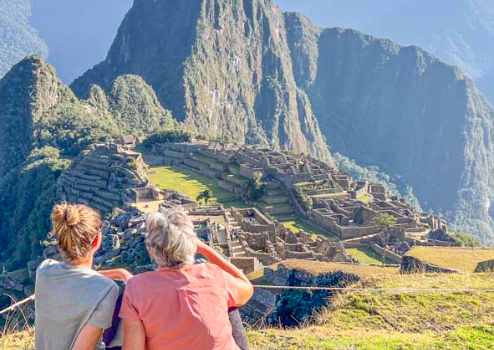

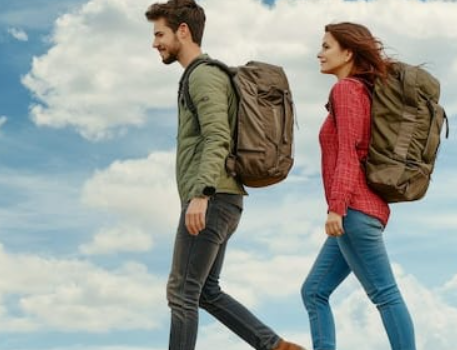
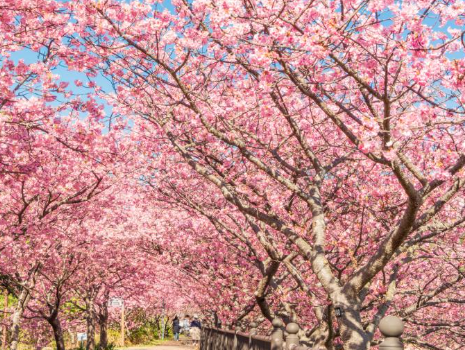
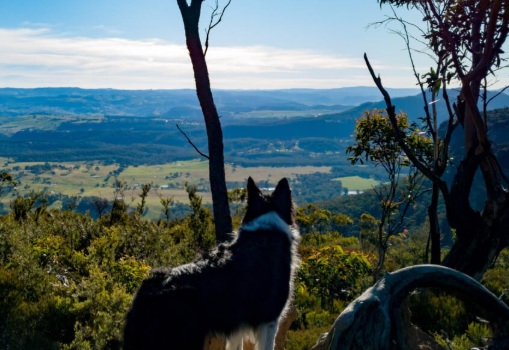
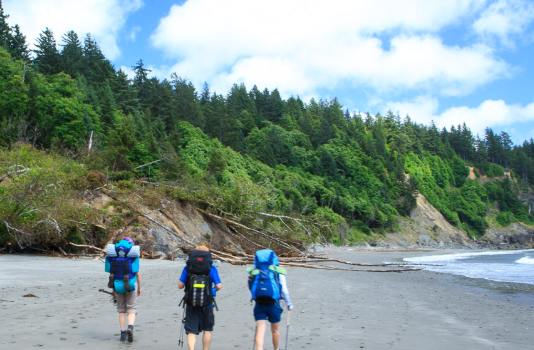
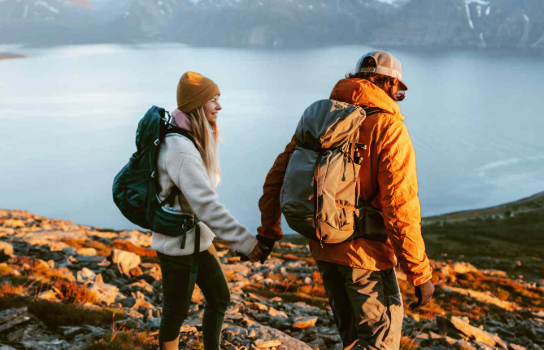
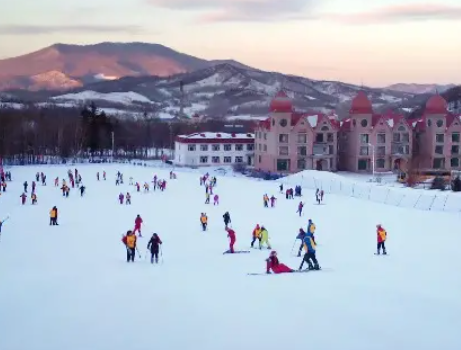
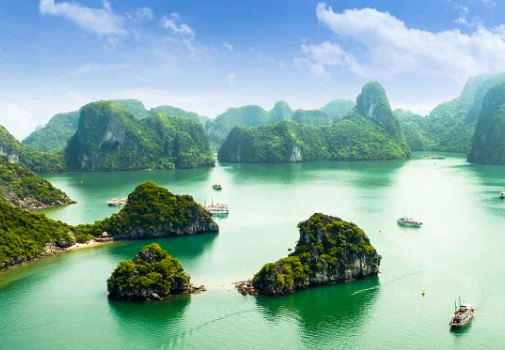
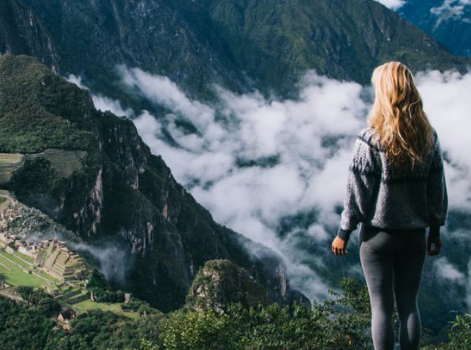

Comments